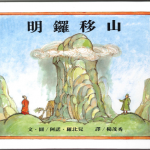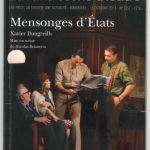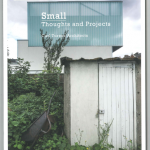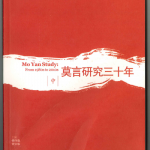明鑼移山 / 文・圖: 阿諾・羅北兒 ; 譯: 杨茂秀 (OCLC #36945691)
Despite being in Chinese and being set in ancient China, this is actually a translation of an English-language picture book, “Ming Lo moves the mountain” by Arnold Lobel, author of “Frog and Toad are friends”.
Many libraries would class this under PZ (Fiction and juvenile belles lettres) but our main branch doesn’t really collect in that area, so we avoid it when we can; I classed under the author’s number (PS3562.O18) and extended the title cutter to indicate Chinese translation. It does include the English version, but in the back, and with much smaller pictures, so I considered the Chinese to be primary.








